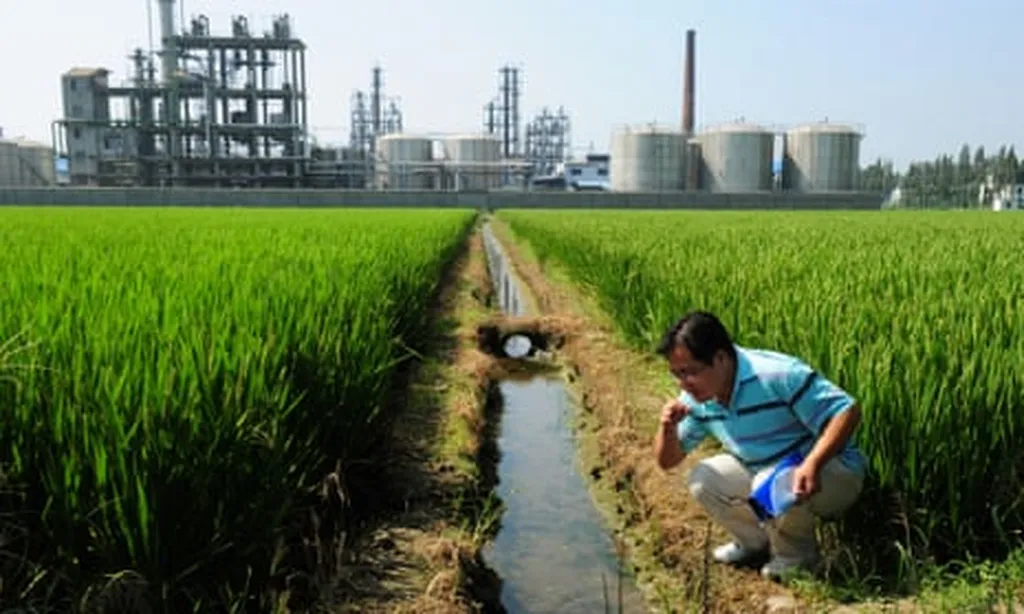In the heart of China’s rapid urbanization and industrialization, a groundbreaking study led by Siqi Liu from the Technology Innovation Center for Land Engineering and Human Settlements at Shaanxi Land Engineering Construction Group Co., Ltd., and Xi’an Jiaotong University, is shedding light on the critical issue of heavy metal pollution in soils. Published in the renowned journal *Scientific Reports* (translated as *Nature Communications: Scientific Reports*), this research employs an innovative approach to assess ecological and human health risks, offering valuable insights for urban planning, environmental management, and public health.
The study focuses on Shangzhou, a county-level city, to understand the distribution and causes of heavy metal pollution in soils. By integrating Geographic Information Systems (GIS) with portable X-ray fluorescence (pXRF) technology, Liu and his team have developed a method to efficiently identify high-risk regions of heavy metal pollution. This approach not only provides a detailed map of soil contamination but also highlights the areas that require immediate attention and intervention.
One of the most striking findings is the significant increase in soil background levels of nickel (Ni), copper (Cu), zinc (Zn), arsenic (As), and lead (Pb) compared to levels recorded in 1990. “The soil background of these metals has increased by 33.34% to 129.74%, indicating a substantial impact from anthropogenic activities,” explains Liu. The study reveals that soils in urban-rural fringe areas are particularly affected, with zinc and lead levels exceeding those in urban and rural areas by significant margins.
The ecological and human health risks are alarming. In high soil background regions, 25% of the sampling points were classified as moderate risk or above, with ecological risk indices (RI) greater than 150. Arsenic, chromium, and nickel were identified as major contributors to human health risks. Notably, children were found to be more vulnerable than adults, with considerably higher total non-carcinogenic risk (THI = 1.46) and carcinogenic health risk (TCR = 1.52 × 10−4).
The study underscores the role of industrial manufacturing, agricultural practices, urban expansion, and land conversion in the accumulation of heavy metals in soils. “Our findings indicate that industrial zones in urban-rural fringes should be priority-controlled,” says Liu. This research provides a scientific basis for urban-rural environmental management and human health risk protection, offering a roadmap for sustainable development.
The implications of this research extend beyond environmental science. For the energy sector, understanding the distribution and impact of heavy metals in soils is crucial for site selection, risk assessment, and mitigation strategies. As urbanization and industrialization continue to expand, the need for accurate and efficient methods to assess soil contamination becomes increasingly important. Liu’s innovative approach offers a valuable tool for stakeholders in the energy sector, enabling them to make informed decisions that balance economic development with environmental sustainability.
This study not only highlights the urgent need for effective environmental management but also paves the way for future research in the field. By integrating advanced technologies like GIS and pXRF, researchers can gain deeper insights into the complex interplay between human activities and ecological systems. As Liu and his team continue to explore this critical issue, their work will undoubtedly shape the future of urban planning, environmental policy, and public health.

